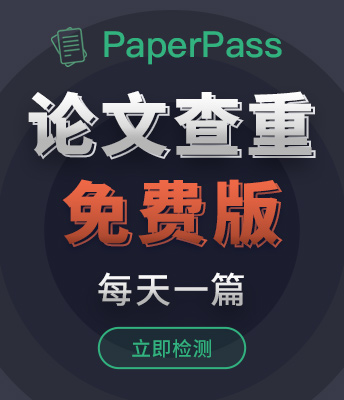- 钛学术文献服务平台 \
- 学术期刊 \
- 综合期刊 \
- 其它期刊 \
- 数据与情报科学学报:英文版期刊 \
Application of the probability-based covering algorithm model in text classification
Application of the probability-based covering algorithm model in text classification
基本信息来源于合作网站,原文需代理用户跳转至来源网站获取
摘要:
The probability-based covering algorithm(PBCA)is a new algorithm based on probability distribution.It decides,by voting,the class of the tested samples on the border of the coverage area,based on the probability of training samples.When using the original covering algorithm(CA),many tested samples that are located on the border of the coverage cannot be classified by the spherical neighborhood gained.The network structure of PBCA is a mixed structure composed of both a feed-forward network and a feedback network.By using this method of adding some heterogeneous samples and enlarging the coverage radius,it is possible to decrease the number of rejected samples and improve the rate of recognition accuracy.Relevant computer experiments indicate that the algorithm improves the study precision and achieves reasonably good results in text classification.

推荐文章
基于 EPICS 的 J-TEXT CODAC系统
CODAC系统
托卡马克
ITER
EPICS
Zircon saturation model in silicate melts: a review and update
Zircon
Zircon saturation
Model
Silicate melt
Mafic to silicic melts
Peraluminous to peralkaline compositions
Igneous rocks
Thermometer
内容分析
关键词云
关键词热度
相关文献总数
(/次)
(/年)
文献信息
| 篇名 | Application of the probability-based covering algorithm model in text classification | ||
| 来源期刊 | 中国文献情报:英文版 | 学科 | 工学 |
| 关键词 | Probability-based COVERING algorithm Structural TR | ||
| 年,卷(期) | sjyqbkxxbywb_2009,(4) | 所属期刊栏目 | |
| 研究方向 | 页码范围 | 1-17 | |
| 页数 | 17页 | 分类号 | TP391.1 |
| 字数 | 语种 | ||
| DOI | |||
五维指标
引文网络
引文网络
二级参考文献 (0)
共引文献 (0)
参考文献 (21)
节点文献
引证文献 (0)
同被引文献 (0)
二级引证文献 (0)
1999(1)
- 参考文献(1)
- 二级参考文献(0)
2004(1)
- 参考文献(1)
- 二级参考文献(0)
2008(1)
- 参考文献(1)
- 二级参考文献(0)
2009(0)
- 参考文献(0)
- 二级参考文献(0)
- 引证文献(0)
- 二级引证文献(0)
研究主题发展历程
节点文献
Probability-based
COVERING
algorithm
Structural
TR
研究起点
研究来源
研究分支
研究去脉
引文网络交叉学科
相关学者/机构
期刊影响力
数据与情报科学学报:英文版
主办单位:
中国科学院国家科学图书馆
出版周期:
季刊
ISSN:
2096-157X
CN:
10-1394/G2
开本:
出版地:
北京市中关村北四环西路33号
邮发代号:
82-563
创刊时间:
语种:
出版文献量(篇)
445
总下载数(次)
1
期刊文献
相关文献
推荐文献

 免费查重
免费查重










